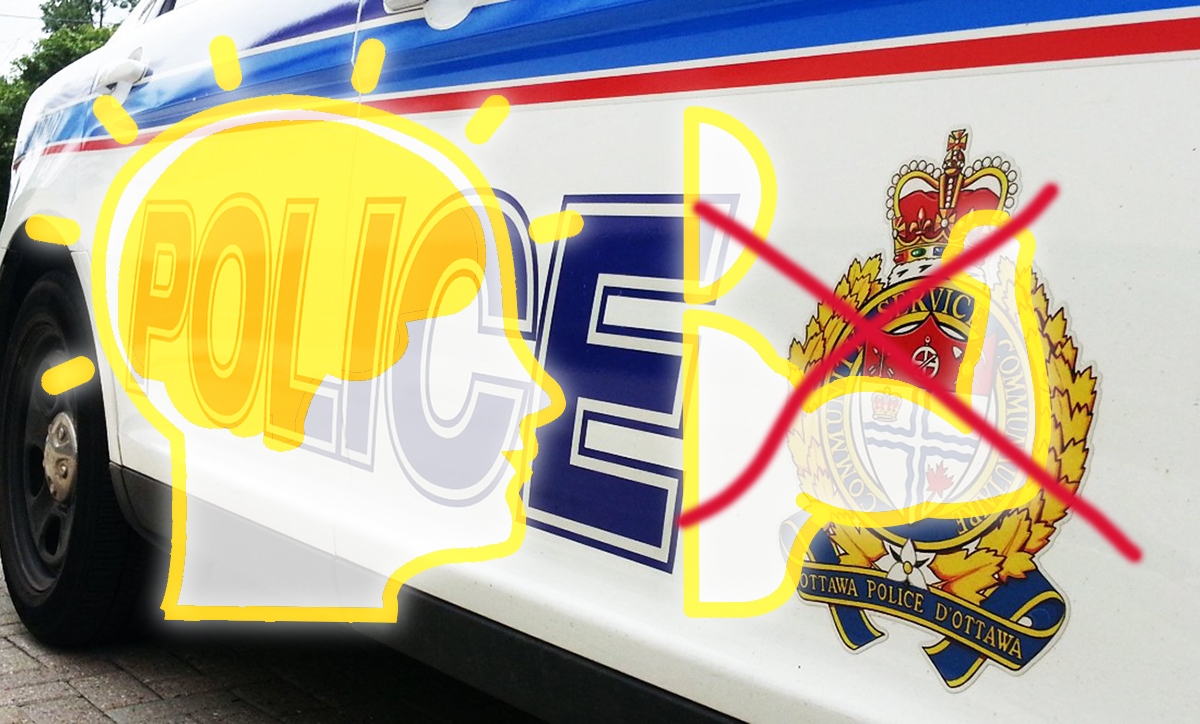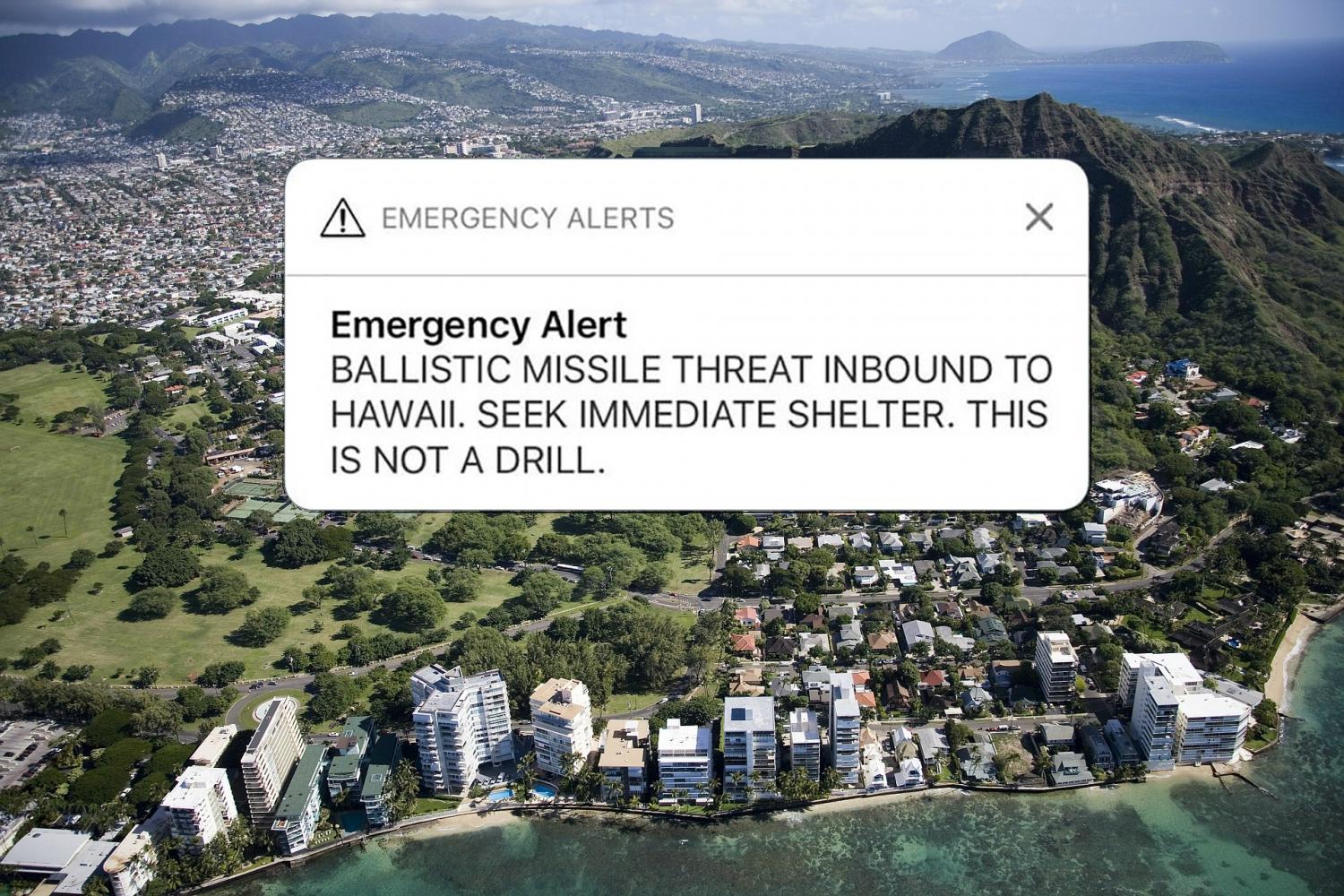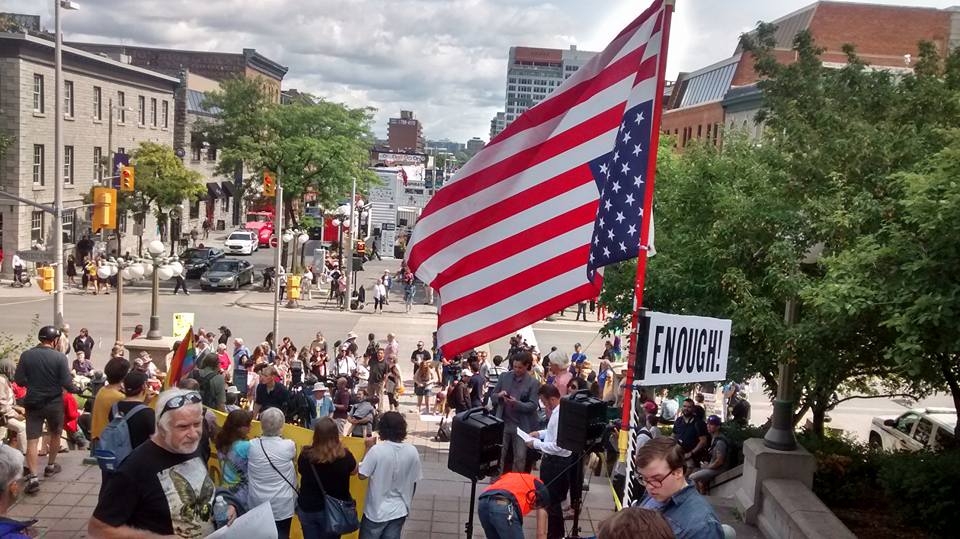
It’s time for brain over brawn in policing
As a result of some very disturbing incidents involving the use of force by the RCMP Bill Blair, the Minister of Public Safety, has been tasked with examining the standards and protocols involving police and the use of force. Part of the dilemma is that police officers are inadequately trained when it comes to employing deadly or non-deadly force in their encounters with citizens.
Under the Criminal Code of Canada Section 25 (3) gives police the power to use force “if they believe on reasonable grounds that it is necessary for the self-preservation of the person or the preservation of any one under that person’s protection from death or grievous bodily harm.” Section 26 however makes it clear that “everyone who is authorized by law to use force is criminally responsible for an excess thereof according to the nature and quality of the act that constitutes the excess”.
In police training recruits are taught to follow a ‘use of force model’ that teaches them to use force only when other measures such as verbal commands, firm grips and impact techniques are unable to incapacitate a suspect. The model teaches them that prior to using force they are to do a threat assessment of the situation before resorting to deadly and more restrictive measures. In reality there is a compete disconnect from what they learn in police training and what they actually do in police citizen encounters. A good example of that is the case involving Chief Allan Adam of the Athabascan Chipewyan First Nation in Alberta who alleges he was beaten by RCMP officers. Cases like this clearly illustrate that the ‘use of force model’ which is used to train all police officers in Canada is completely ignored by police officers. It is also the reason why the public are reacting with disgust to the way police behave towards citizens in their community and are demanding the defunding of police. Officers are not held accountable for not following the ‘use of force model’ and as a result we are witnessing police violence towards members of the public on an unprecedented scale.
A major problem is that while the Criminal Code of Canada authorizes police to use force it does not include a requirement that police must comply with the Use of Force Model as there is no reference to it in the legislation. The problem is further compounded by the fact that while Section 26 of the Criminal Code states that individuals (including police officers) will be held criminally liable for an excess use of force it does not spell out exactly what is meant by the phrase ‘excessive use of force.’ In addition, the Criminal Code of Canada makes virtually no reference whatsoever to a requirement that police must use the least restrictive measures possible before they resort to deadly or non-deadly force when dealing with citizens. A requirement in the criminal code that police must utilize measures to de-escalate violence before resorting to lethal or non- lethal force is a serious omission that needs to be addressed by the government of Canada.
While police and citizens may differ on what constitutes excessive force there is a classic study that was undertaken many years ago that clearly identified what constitutes police brutality and it should be adopted and set out in the Criminal Code of Canada. In 1966, Albert Reiss a distinguished professor of criminology at Yale University undertook a study to find out why police mistreat citizens. For seven days a week for seven weeks, 36 people working for the Centre of Research on Social Organization observed police-citizen encounters in the cities of Boston, Chicago and Washington. With police permission these observers sat in patrol cars and monitored booking and lockup procedures in high-crime precincts. Once the data was accumulated and analyzed it was determined that a physical assault on a citizen was judged to be improper or unnecessary only if force was used in one or more of the following ways:
- If a policeman physically assaulted a citizen and then failed to make an arrest. Proper use involves an arrest;
- If the citizen being arrested did not by word or deed resist the policeman; Force should be used only if it is necessary to make the arrest;
- If the policeman even though there was resistance to the arrest, could easily have restrained the citizen in other ways;
- If a large number of policeman were present and could have assisted in subduing the citizen in the station in lockup and in the investigation room;
- If an offender was handcuffed and made no attempt to flee or offer violent resistance;
- If the citizen resisted arrest, but the use of force continued even after the citizen was subdued;
There is no need to reinvent the wheel as the results of this study clearly shows what constitutes excessive force.
What we have learned from criminological research is that a lot of interactions that occur between police and citizens that lead to violence and an arrest have nothing to do with the fact the person broke the law. Rather it’s a case where a citizen has shown open defiance of police authority. More often than not its ‘his/her authority that’s challenged and not some legal authority that leads to the conflict. In addition, a research study by John McNamara that examined the behaviour of New York City police officers found that in more than 50% of all instance involving police use of force that other officers stood by and did nothing. It should be a criminal offence for police officers not to intervene when a fellow officer is clearly using unjustified and excessive force against a citizen. The Police Services Act of Ontario states that one of the functions of police is to prevent crime and the fact that some police officers will look the other way while a colleague roughs up a member of the public and does nothing to stop it is abhorrent. There should be severe penalties imposed on any officer(s) who fails to prevent a citizen from being beaten by another police officer.
McNamara’s research is also interesting because he found that in a large number of cases involving relatively minor incidents such as traffic stops that officers often escalated rather than de-escalated the situation from becoming a conflict. As he pointed out “In many of our cases the police have gone further and caused a situation to degenerate into an argument when it was scarcely a dispute at all to begin with.”
If the federal government wants to modernize policing and bring it into the 21st century they have their work cut out for them. The training of police needs to be completely overhauled not only at the federal level but also at the provincial level. Instead of teaching recruits when and how to use force they need to be taught how to verbally de-escalate violent encounters with citizens. The RCMP training at depot is 60 years out of date. This is the 21st century and its time we abandoned the anachronistic approach to training that is based on a military model. Today’s training should emphasize brain over brawn’. It’s not physical fitness that counts when you’re a policeman in society but the capacity to use your brain and think on your feet. You have to know how to de-escalate violent encounters with citizens, how to respond to people who are drug addicts or people in crisis suffering from mental illness.
Yes it is time to overhaul the police but it is time to change policing and the oversight agencies that police the police. When we defend bad cops we destroy the good cops. If the governments at the provincial and municipal level don’t recognize the widespread police violence against citizens in this country then they only have themselves to blame for the public’s dissatisfaction with policing and their calls for the defunding of police. The public are fed up because they not only see bad police behaviour some of them have experienced it first hand. The time for debate is over.
Darryl T Davies, professor of criminology, department of sociology and anthropology, Carleton University.









